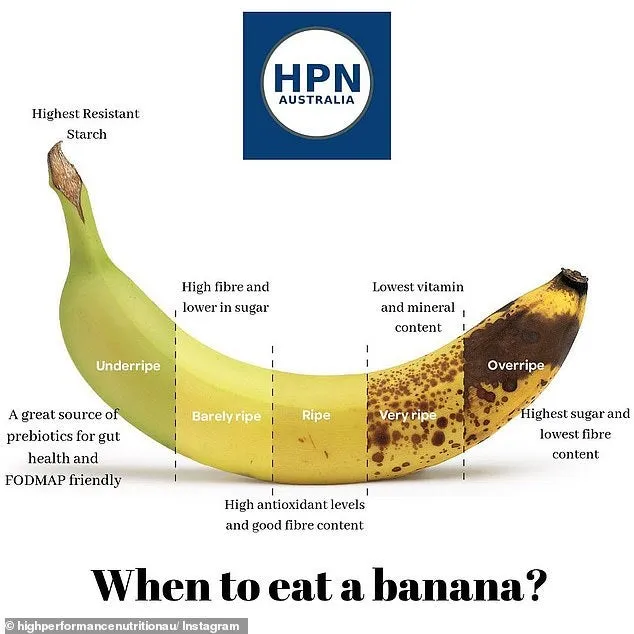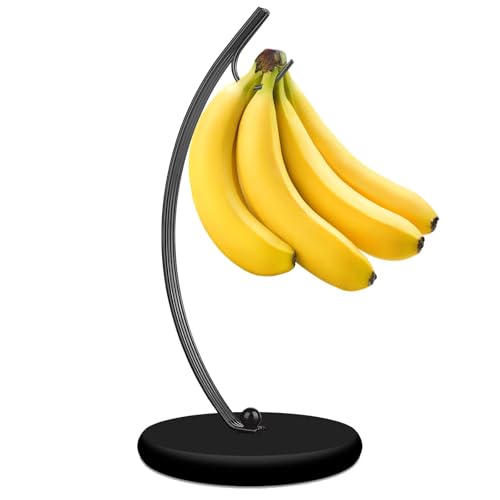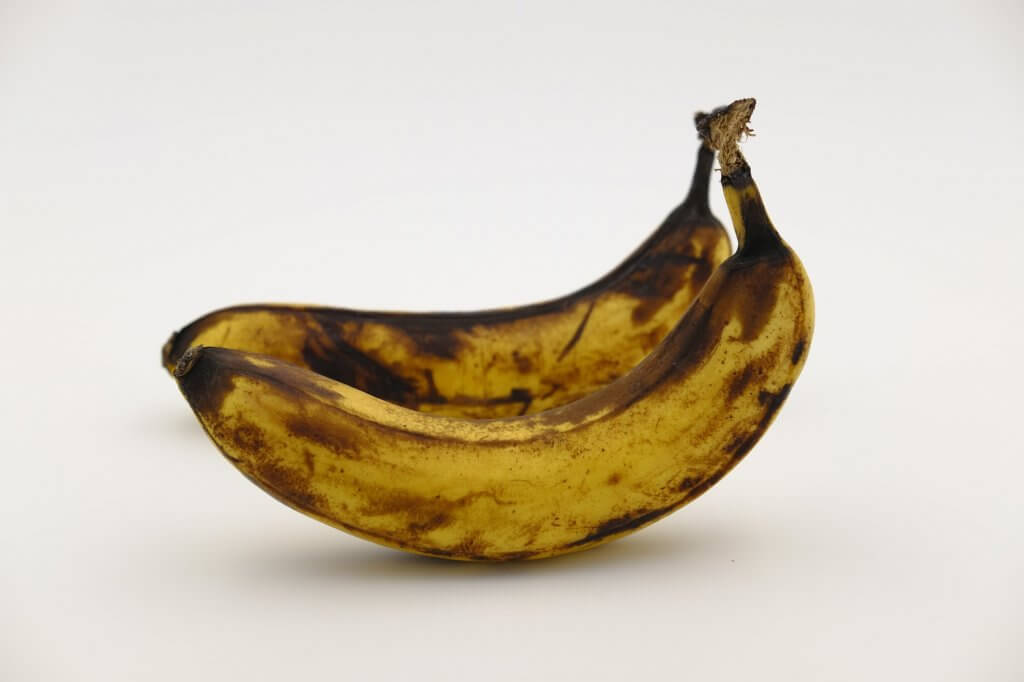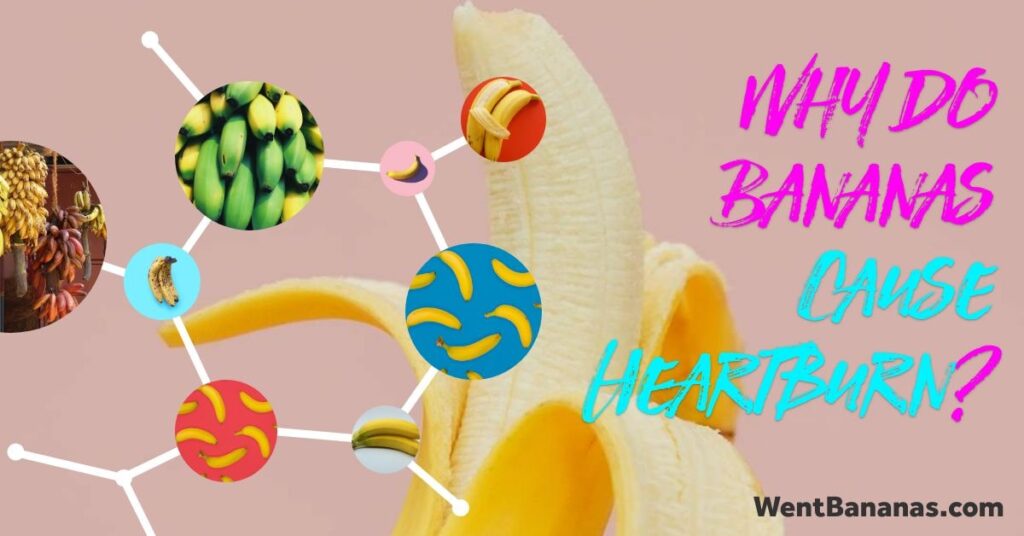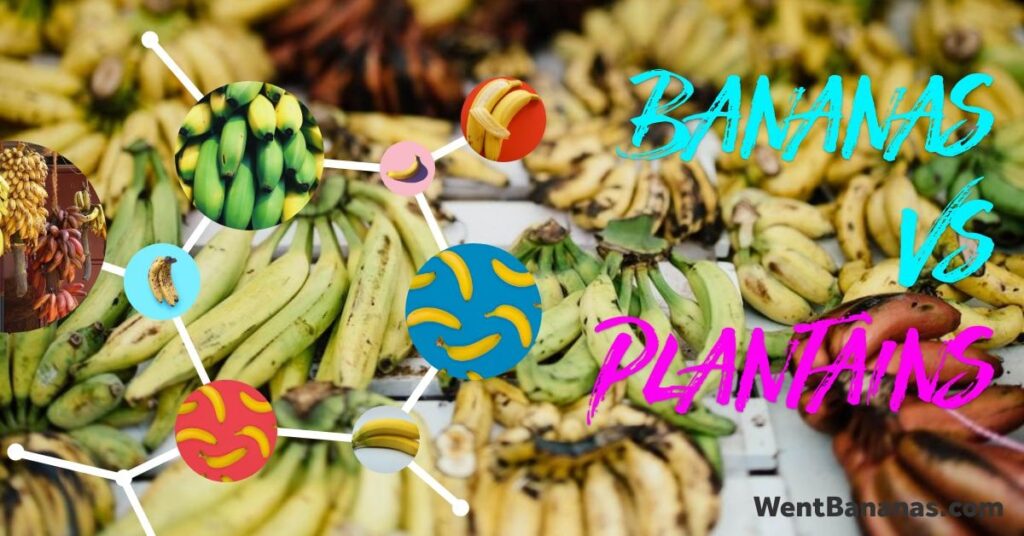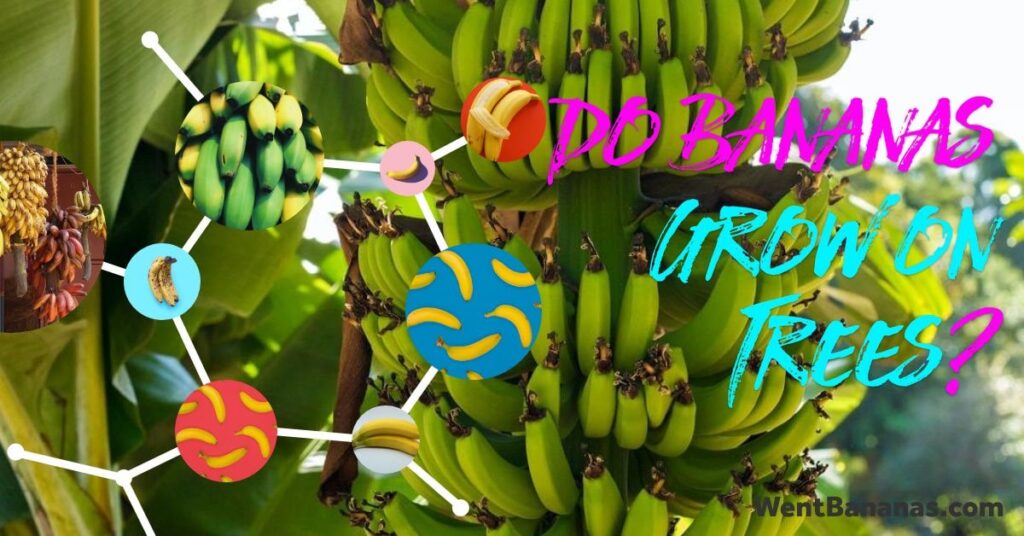Bananas are a staple fruit in many households, but have you ever wondered why they can sometimes taste sour? In this article, we’ll explore the science behind what causes bananas to become sour, the ripening process and how it affects their taste, how to tell if a banana is ripe or has gone bad, and tips for preserving ripe bananas and preventing them from becoming sour. Whether you’re a curious banana lover or someone looking to learn more about this fruit, this article will provide you with all the information you need. So, grab a ripe (and hopefully not sour) banana and continue reading to learn more.
What causes bananas to become sour?
Bananas are a beloved fruit enjoyed by many, but have you ever wondered what causes them to become sour? The answer lies in the ripening process of the banana.
As bananas ripen, the starches inside begin to break down into sugar. This is why yellow bananas are sweeter than green ones. However, if left to ripen for too long, enzymes in the banana will continue to break down the sugars and produce acids that give it a sour taste.

Factors such as temperature and humidity can also play a role in how quickly bananas ripen and turn sour. If stored at room temperature, bananas will ripen faster than if they are kept in a cooler environment.
It’s important to note that while sour bananas may not be as enjoyable to eat on their own, they can still be used in recipes such as banana bread or smoothies. In fact, some people even prefer using overripe or sour bananas for baking purposes because they provide more flavor and moisture.
In conclusion, understanding the science behind banana ripening can help you better enjoy this popular fruit while also reducing waste by using overripe ones for cooking. So next time you reach for a bunch of yellow bananas at the grocery store, remember that with time they may turn sour – but that doesn’t mean they’re not still useful!
The ripening process of bananas and how it affects their taste.
Bananas are one of the most popular and widely consumed fruits worldwide. However, not many people know about the complexities of the ripening process and how it affects their taste.
The ripening process of bananas is a delicate balance between enzymes, sugars, and acids that transform the fruit from green to yellow. As bananas ripen, they become sweeter due to an increase in sugar content. This sweetness is balanced by a reduction in acidity levels, resulting in a more mellow flavor profile.
But what many people don’t realize is that overripe bananas can also affect their taste. When bananas are left to ripen for too long, they begin to break down rapidly and produce ethanol as a byproduct. This gives them an unpleasant alcoholic taste and aroma that can be off-putting.
To avoid this, it’s important to know when your bananas are at their optimal level of ripeness for consumption. A ripe banana will have yellow skin with some brown spots but should not be completely brown or mushy to the touch.
In conclusion, understanding the nuances of banana ripening can lead to a better appreciation for this delicious fruit’s complex flavors. By knowing when your bananas are at their optimal level of maturity, you can ensure that you’re getting the best taste possible out of every bite.
How can you tell if a banana is ripe or has gone bad?
Determining the ripeness of a banana can be tricky business, but with a few simple tricks, you’ll become an expert in no time. The first thing to look for is the color of the peel. A ripe banana will have a bright yellow skin with some brown speckles, indicating that it’s ready to eat. On the other hand, if you see large patches of brown or black on the skin, this is a sign that your banana has gone bad and it’s time to toss it.
Another way to check for ripeness is by giving your banana a gentle squeeze. A ripe banana will feel soft and give slightly under pressure but won’t be too mushy or squishy. If your banana feels hard and unyielding, then it’s not yet fully ripe and may need more time before it’s ready to eat.

Lastly, take note of the aroma coming from your banana. A perfectly ripe banana will have a sweet smell that’s distinctly fruity and pleasant. However, if you detect any sour or off-putting odors emanating from your fruit, then this could be an indication that your banana has started to spoil.
By following these tips on how to tell if a banana is ripe or has gone bad, you’ll always know when it’s time to enjoy this delicious fruit at its best!
Tips for preserving ripe bananas and preventing them from becoming sour.
Bananas are a beloved fruit, but they can quickly become sour if not stored properly. To preserve their ripeness, it is important to follow a few simple tips.
Firstly, never store bananas in the fridge unless they are already overripe. The cold temperature of the fridge will slow down the ripening process and cause the banana to turn brown and mushy. Instead, store them at room temperature in a cool and dry place.
Another tip is to separate bananas from each other once they have reached your desired level of ripeness. This helps prevent them from releasing too much ethylene gas which can cause other nearby fruits to ripen too quickly.
If you want to extend their shelf life even further, you can wrap the stems of your bananas in plastic wrap or foil. This reduces air exposure and slows down the natural decay process.

« banana and abaca similarities
Beyond Bananas: Delicious Substitutes for Baked Oatmeal »
Lastly, if you do end up with overripe bananas that you don’t want to eat right away, consider freezing them for future use in smoothies or baking recipes.
By following these simple tips for preserving ripe bananas, you can ensure that your favorite fruit stays fresh and delicious for longer periods of time!
Check out our other articles to find out even more about banana.
In conclusion, bananas can become sour due to the ripening process. Knowing how to identify if a banana is ripe or has gone bad goes a long way in helping you enjoy the tastiest fruit – and prevent it from becoming sour! To learn more about other aspects of this delicious fruit, be sure to check out our other articles to find out even more about banana.

